Easily one of the most interesting (but often overlooked) things about the city of London is that you never quite know what might be under your feet on any given street. Several surprises may lurk beneath, with the London Underground being just one example. Few people would consider that they could be walking above one of the many buried rivers or the many military underground citadels or heck – even an abandoned underground railway built just to move mail. Wait, what? Yep, you read that right. Buried smack dab in the heart of the city is the London Post Office Railway – or Mail Rail as it’s more affectionately known.
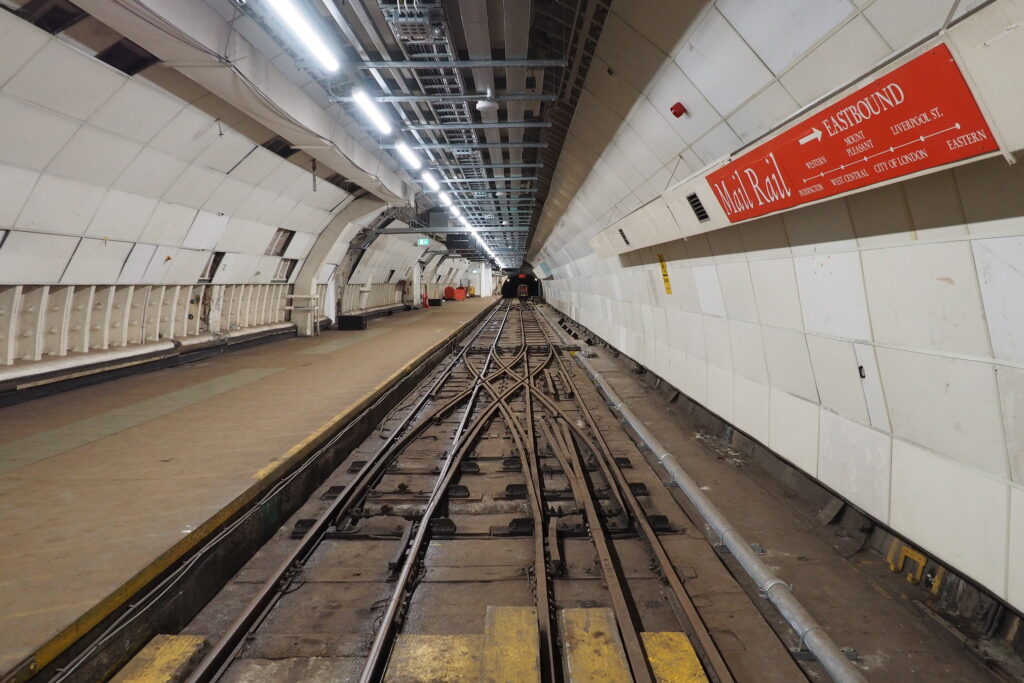
Mail Rail runs from Paddington in the west to Whitechapel in the east – a roughly six-and-a-half mile route that connects with several National Rail stations as well as several of Royal Mail’s sorting offices in the city. While this might be your first time hearing of it, the system actually operated for 76 years, but is sadly now disused.
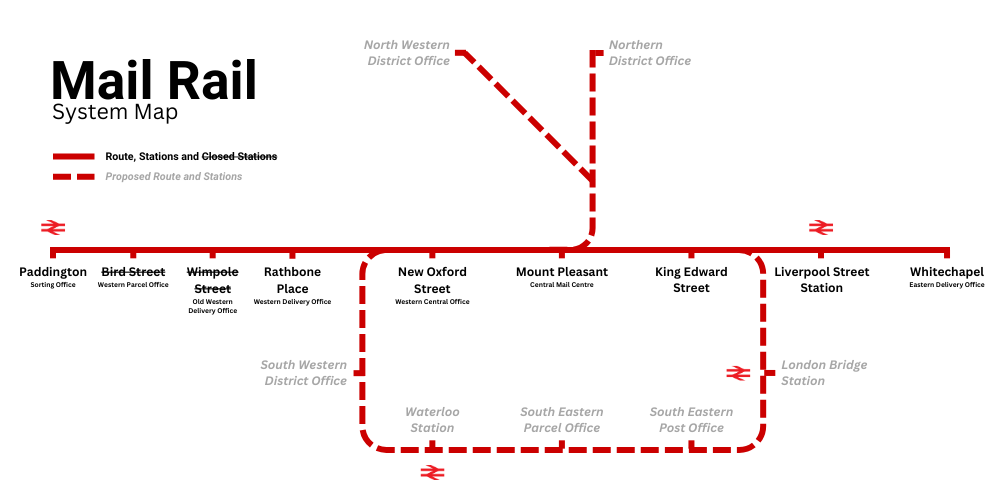
Early development
The story of Mail Rail, as a concept at least, begins all the way back in 1855. Rowland Hill, Secretary to the Post Office presented a report on transporting mail across the city by rail. The original plan was to use a system of compressed air and tubes to propel mail carts through the system and it was thought that a system similar to this might work well in London. A small trial system was built by the Pneumatic Dispatch Company in 1863, running between Euston Station and Evershot Street, and was tested over a period of three years until the company building it essentially ran out of money and ended their partnership with the Post Office. A few years later, they recovered and were able to run an extension of the system through to the Post Office building in St Martins-le-Grand. Despite the successful project, the post office decided to end their partnership and service on the line ended in 1874.
Despite the Post Office’s cancellation of the pneumatic system, it was clear that they were in real need of a better system for transporting mail. By 1909, the post office was experiencing significant delays transporting mail across the city due to a combination of smog and congestion. A departmental committee was formed and in 1911 they had come to the conclusion that either a pneumatic system or an electric railway was needed in order to address the challenges being faced. Their recommendations were accepted, and Parliament passed the Post Office (London) Railway Bill in 1913.
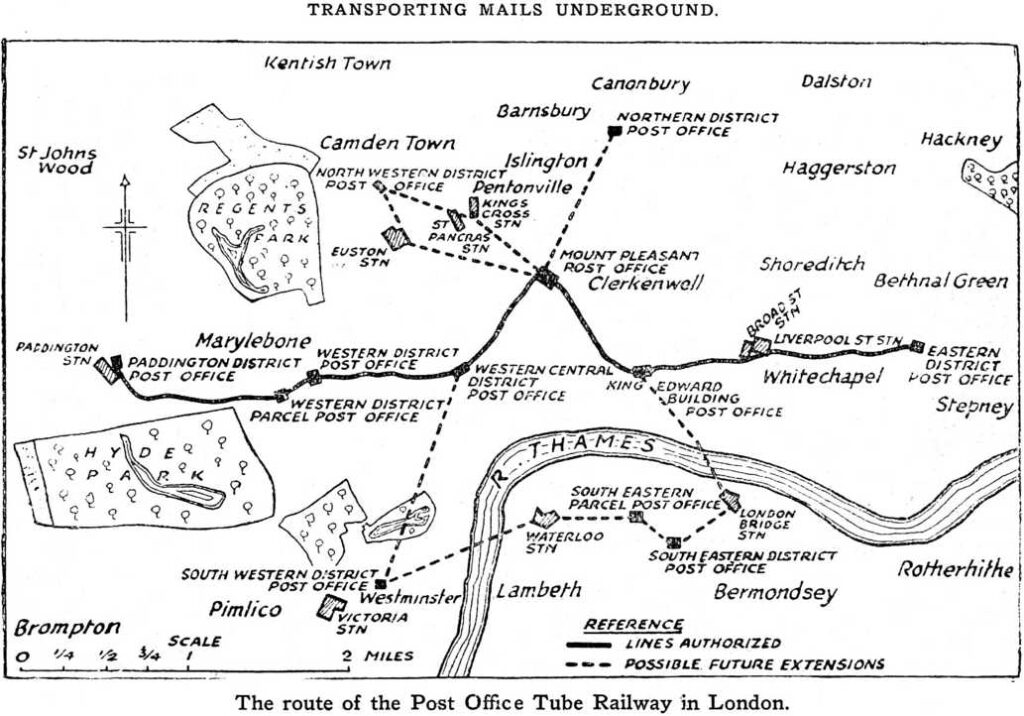
Construction and Opening
Construction started in 1915 but wasn’t without it’s challenges – work ground to a halt in 1917 due to a lack of materials (due in part to the war). Thankfully the system didn’t go to waste, with works of art from the Tate and National Gallery being stored in the tunnels at the King Edward building during that time. Following the war, the first track was laid in 1924 – 13 years after the railway was first conceptualized. The tunnels run at an average depth of 70 feet with the stations themselves being closer to the surface (being, as they are, in the basements of the various sorting offices). With London being full of subterranian delights, the tunnels run close to several notable structures and landmarks in London. The system tunnels are run in close proximity to the Bakerloo line in the Oxford Circus area and skirt the basement of the Selfridges department store on Oxford Street. The line also sits only two meters above a section of the new Elizabeth line in the Liverpool Street area.
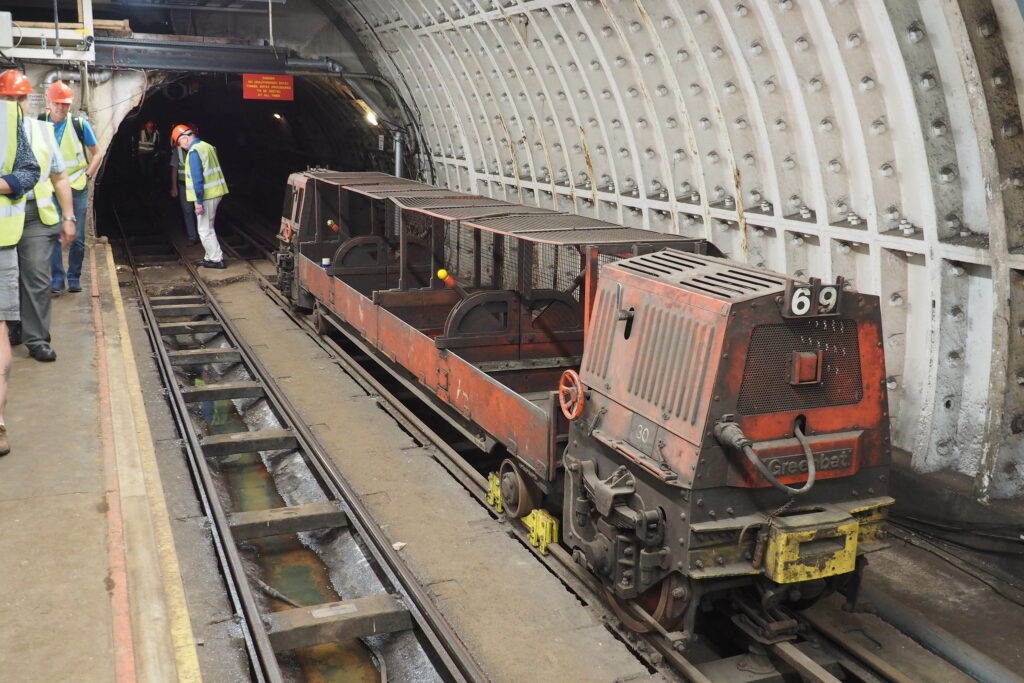
The railway was powered by a third-rail electrical system and trains were able to run at speeds up to 40mph in the tunnels (though obviously, slower in stations). It utilized custom made locomotives known as “mini-Yorks”. The mini-Yorks pulled custom wagons that were able to carry carts of mail that would be loaded by workers at the various stations. While the system did require input from a controller at each station, it otherwise operated semi-autonomously with trains requiring no driver. The trains themselves caused some issues, with the original rolling stock requiring replacement just 3 years after service started due to excessive wear and tear on the rails.
The railway finally opened for parcel traffic in time for Christmas of 1927 and expanded to carrying letter mail in 1928. While there were proposals for later extensions to the line (see the map diagram above), only one significant change was ever made to the route during its lifetime – a slight rerouting in order to accommodate the new Rathbone Place office in 1958 (with the new station opening in 1965).
New rolling stock was trialed in the 1960’s, but the majority of rolling stock wasn’t replaced until the 1980’s (see photo above). In 1993 a new centralized computer control system was rolled out, eliminating the need for controllers at each station to keep the network running. By the late 90’s, the system was only serving four of the networks stations – Paddington, Rathbone Place, Mount Pleasant and Whitechapel. At this stage, it was estimated that Mail Rail was carrying approximately 4 million letters per day.
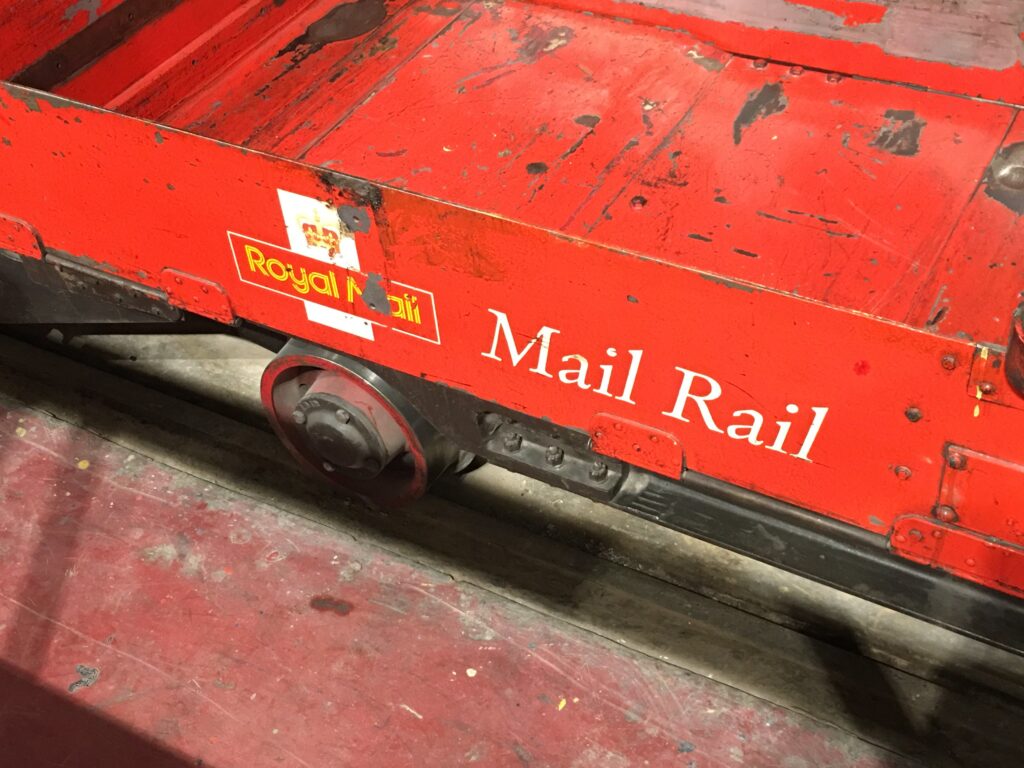
System shut down and reopening (as a museum)
After decades of operation, Royal Mail announced plans in 2003 to close the system by the end of the year, saying that it cost five times more to run the railway than it would cost to ship mail via roads instead. The Greater London Authority opposed this closure, voicing concerns about an estimated additional 80 trucks worth of mail on city streets per week. In their report The Future of Mail Rail the GLA said: “members do not want to see the mothballing of Mail Rail become a long term … position. We recommend that Royal Mail … investigate ways of making the line cost-effective and with a view to putting it back into use (to carry either mail or other freight) for both its environmental benefit and for the benefit of Royal Mail’s shareholder whois, after all, the taxpayer”. Unfortunately their appeal was unsuccessful and the network closed on the 31st of May 2003.
While the system sat dormant and largely forgotten about by the general public, it came to the fore again in October 2010, when a large illegal rave was held at the disused Royal Mail New Oxford Street/Western Central Office building. Photos from the rave apparently depicted the abandoned Mail Rail station beneath the building (unfortunately I wasn’t able to find one to include here). In 2011 a group of urban explorers known as The Consolidation Crew and inspired by those photos were able to gain access to the system and found it to be largely intact, with power to all stations and rolling stock sitting in tunnels. Their trespass of the network provided the only insight many of us would ever have into the secretive railway – a world that was strangely reminiscent of the London Underground albeit on a much smaller scale. According to their blog post they were essentially chased out of the network and nearly arrested, seemingly sealing the fate of the railway to sit behind closed doors forever.
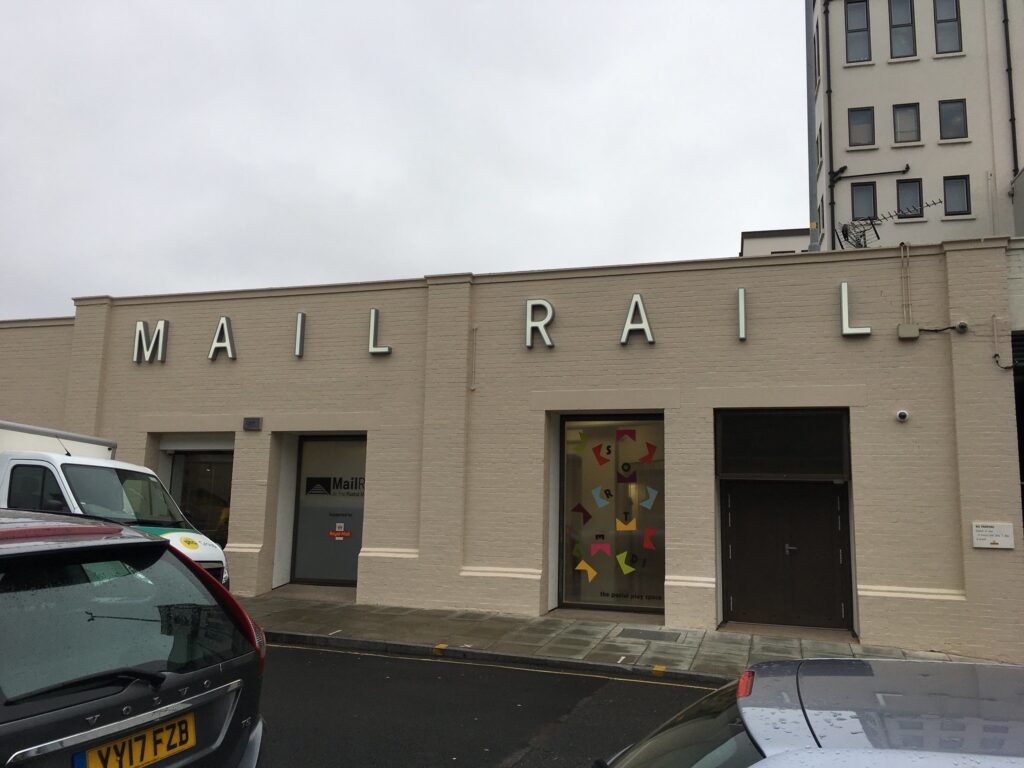
All way not lost however, in 2013, the British Postal Museum announced plans to open a Mail Rail museum at the Mount Pleasant depot, which was to include a rideable section of the railway. Work began to develop the facility which opened in 2017. Not only are visitors able to learn about the history of the Post Office and Mail Rail, they’re also able to ride a specially adapted locomotive around a 15-minute loop of track in and around the Mount Pleasant depot featuring an audio-visual presentation on the history of the service. More information on the museum can be found here.
So there you have it, a disused and mostly unknown railway just lurking beneath your feet. It’s hard to imagine the different world that existed at the time of it’s creation, and harder still to believe that after all the time and investment made in creating the thing that it was ever allowed to close and sit dormant. It’s a true shame that Royal Mail couldn’t find a way to return profitability to the line but I find some small comfort knowing that it lives on as a historical artefact. One thing’s for sure though – you never really know what’s going on beneath your feet.
Cover image © Nigel Menzies. Image used in accordance with the CC BY-NC-ND 2.0 license.
The mail rail map diagram in this post is © Chris Allen and adapted from public domain information. It is licensed under a CC BY-NC-ND 4.0 license.






One Comment
Comments are closed.